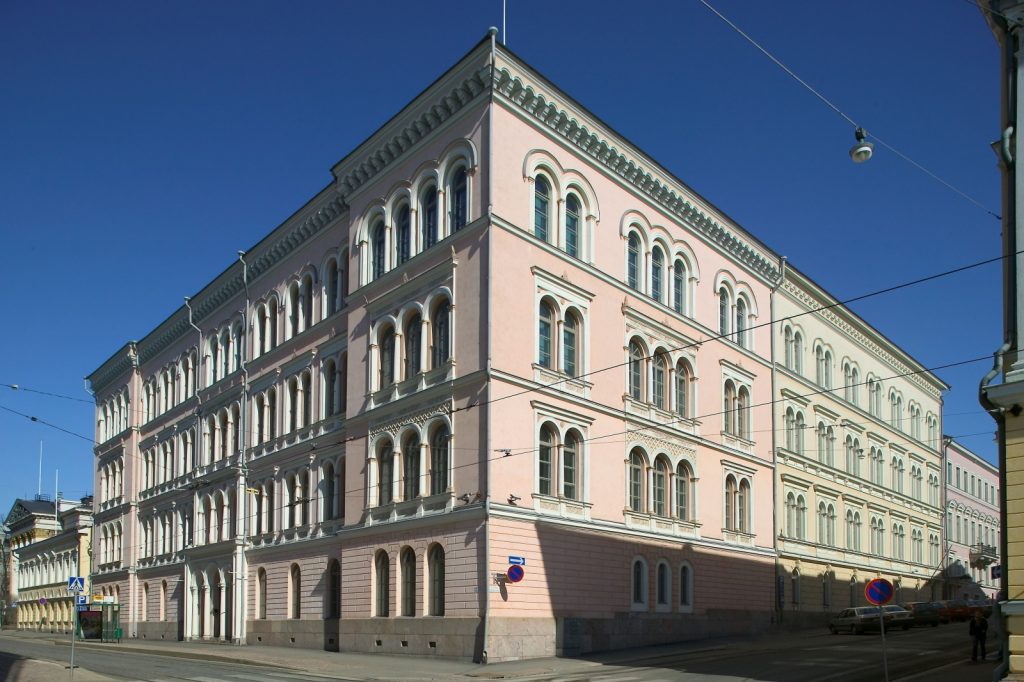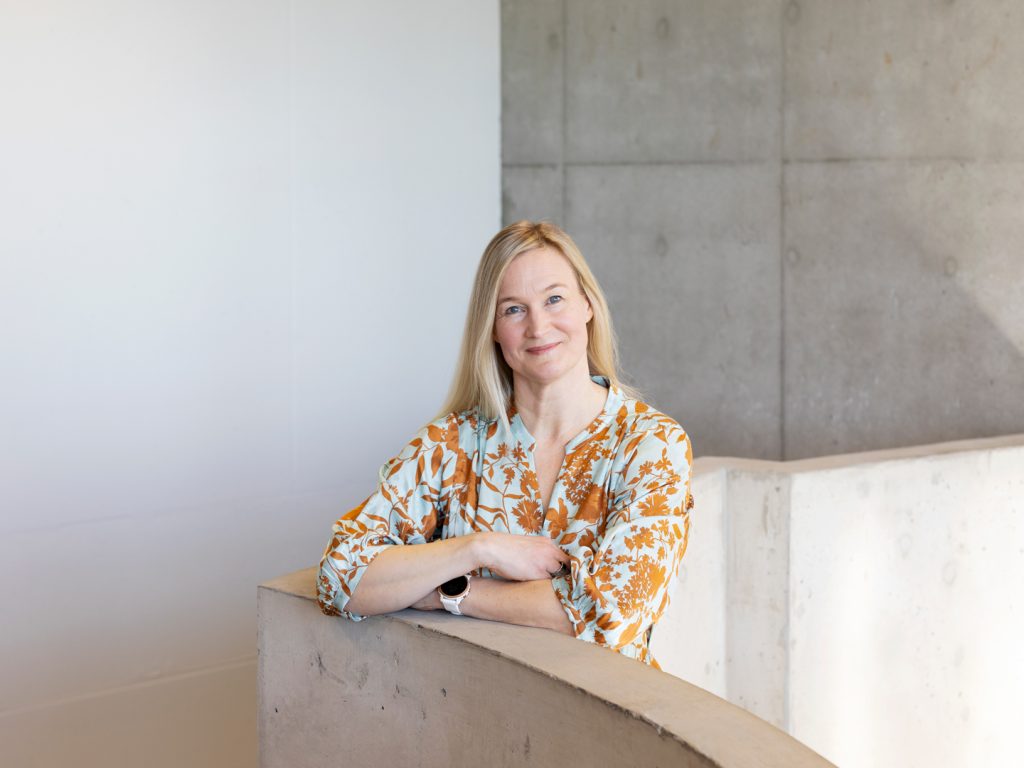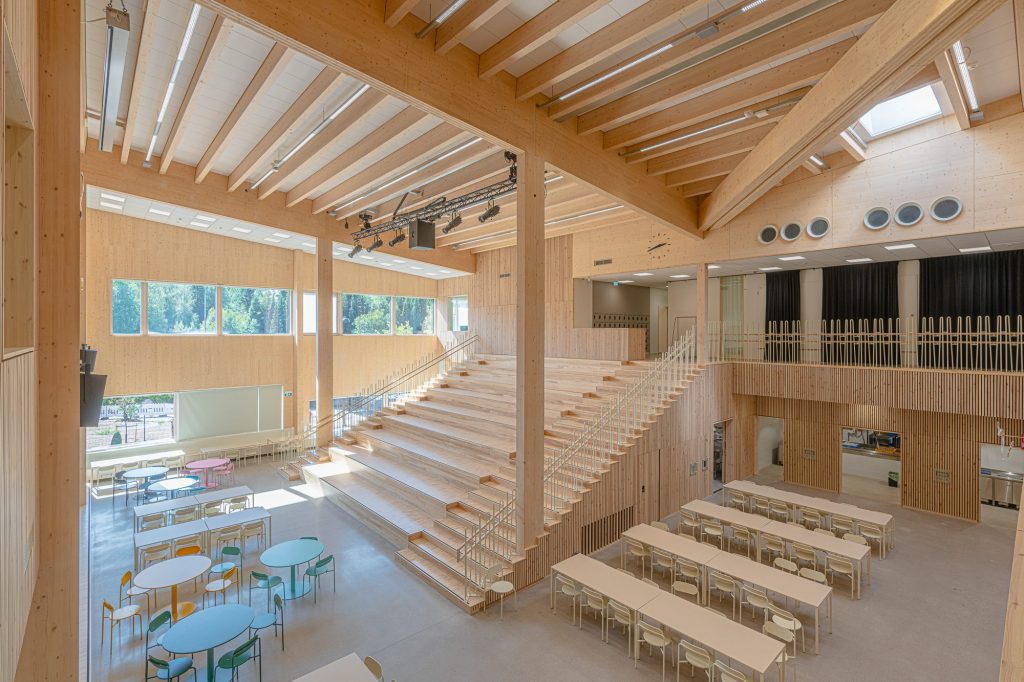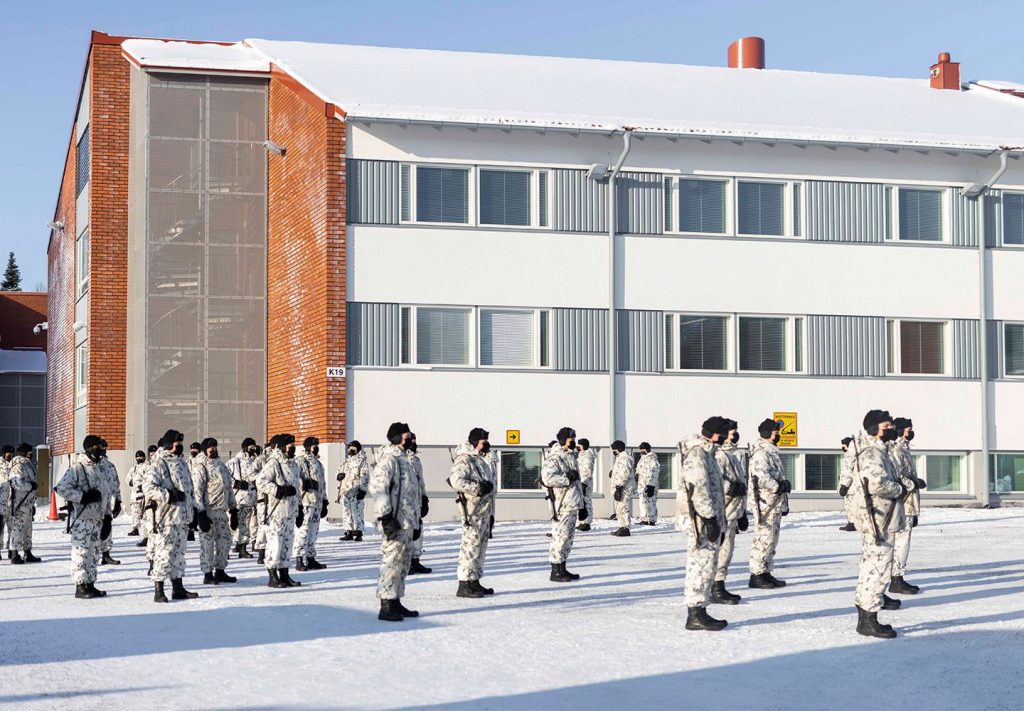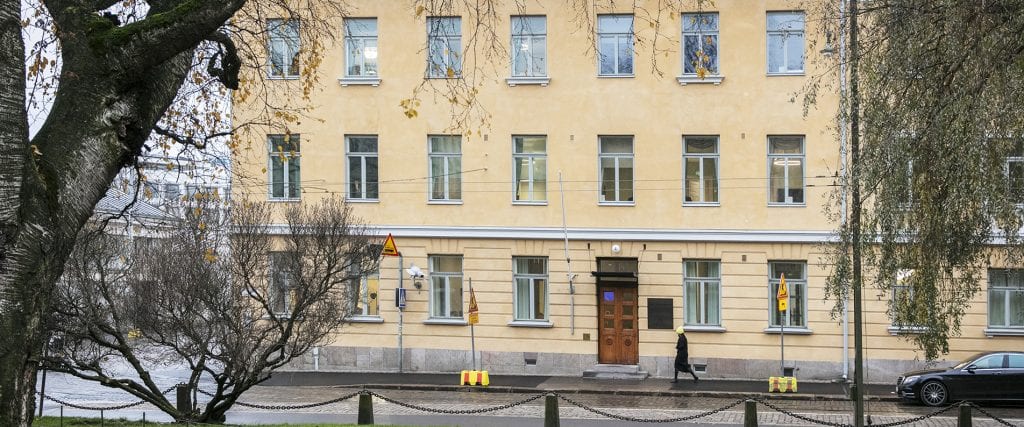Why does the National Museum of Finland have a tower?

The National Museum of Finland’s 57-metre high tower serves no particular purpose, but just reflects the way in which public buildings were designed in the early 1900s. Sometimes the tower has been used to store museum objects and in recent years small-scale events have been held in the tower passageways. The balconies at a height of around 38.5 metres provide superb views over various parts of Helsinki.
Although for safety reasons the tower cannot be opened to the general public, a limited number of groups have been admitted to climb the steps of the tower during Night of the Arts, for example.
Check out the National Museum of Finland
Why was the Arppeanum stairway made of cast iron?
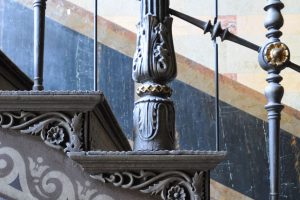
The Arppeanum building near the Senate Square was completed in 1896 to house the Imperial Alexander University of Finland’s chemistry laboratory and museum collection.
The most impressive space in this, what was in its day, a very expensive seat of learning for chemists, is the ornamental main staircase built of cast iron and steel. Since experiments conducted by chemists involved a fire risk, these materials were chosen for reasons of fire safety. Life in the building was accompanied by the sound of explosions caused by the chemistry students’ experiments that could be heard coming from the yard and balconies.
Check out the Arppeanum building
Why was a mummified cat found under the floor of the Naval Academy?
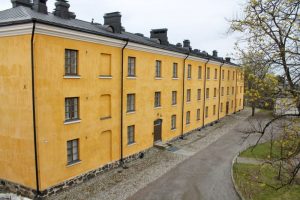
At the far end of one of the large vaulted rooms in a side building of the Naval Academy on the fortress island of Suomenlinna is a small floor hatch from where wooden steps lead down to a dark, cramped crawl space under the floor. Old shoes and an iron ball are among the items that have been discovered there. There’s nothing very unusual in this since Suomenlinna has a colourful past.
However, in an old barrel that had toppled over there is cat that has fallen into eternal sleep and become mummified through the years. A skeleton is all that remains of another cat lying beside it. Animal bones of various sizes stand out here and there, and also the skull of a larger animal.
This could be something that has been deliberately concealed under the building. A sacrificial or magic concealment is one type of building concealment. Ritualised concealments as they are known are often located in the corners, thresholds, fireplaces and walls of buildings or under the floors. Most concealments are well intentioned. They were made to ward off evil and to bring good luck to the people living in the buildings. Sometimes a concealment was placed as a sacrifice or to bring fertility.
Check out the Naval Academy
Why were 5 555 wax candles burnt in Häme Castle?
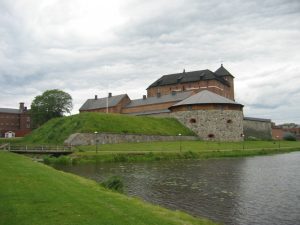
The middle ages came to a brilliant end in Häme Castle under the command of Lady Ingeborg Aakentytär Tott, a Swedish noble, who had acquired the castle as a widow’s fief after the death of her husband Regent Sten Sture the elder.
Ingeborg Tott settled down to live in Häme Castle, where besides military power, she also otherwise had significant status. The lady of the castle exhibited her wealth by wearing a necklace bedecked with nut-sized golden pearls wound many times around her neck.
Ingeborg Tott was religious and at her command, 5 555 wax candles were lit in the castle at Easter. It was believed that Jesus had this number of wounds when he was taken down from the cross.
Check out Häme Castle
How did a ram save Olavinlinna Castle?
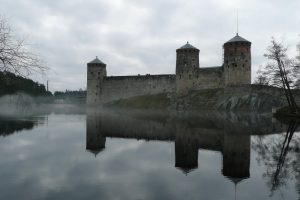
Black rams had been raised at Olavinlinna Castle since ancient times and such a ram is said to have even saved the castle from a Russian siege in spring 1656.
A black ram is said to have climbed up onto the northern battery in search of something to eat and a thunderstorm struck at the same time. Frightened by the thunder, the ram reared up on its hind legs. The Russians on the opposite shore were aghast at the sight: a huge creature with horns dancing on top of the wall. As lightning flickered in the background, flames appeared to dart out of the creature’s mouth.
The Russians fled in fear and crammed into their boats, which capsized, and those unable to swim drowned. As a reward for saving the castle, the residents took exceptionally good care of the ram until the end of its life. This legend gives rise to the Finnish saying “to live like the castle ram”. Today’s terrifying ram stands on Tallisaari island next to the castle and is in the form of a sculpture by Anton Ravander-Rauas.
Check out Olavinlinna Castle
What is Louhisaari Manor’s most horrific tale?
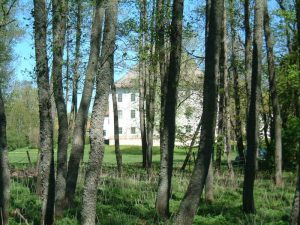
Louhisaari Manor is located in Askainen, Western Finland and its most horrific tale involves a small chamber. Herman Fleming (d. 1789), a courtier and the great grandson of the builder of Louhisaari Manor, was known as a hot-tempered and madly jealous man. When setting out on a journey or when male visitors arrived, he locked his wife up in a prison-cell-like chamber.
Once when setting off on a journey, he forgot to ask the servants to feed his wife, who starved to death. Legend has it that she was bricked up in the wall. Whether true or not, the cause of death and place of burial of one of the courtier’s three wives remain unknown.
In any case, the manor flourished during this period under the man known as the “last wealthy Fleming”, and the manor was modernized in the Rococo fashionable at the time. However, this resulted in the Flemings getting into debt and the manor was ultimately sold, thereby ending an era of more than 300 years of the Fleming family at Louhisaari.
Check out Louhisaari
Who was allowed to jump in the swimming pool head first at Tamminiemi?
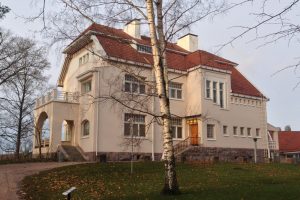
Jouko Loikkanen, who served as Secretary to several Prime Ministers, Minister of Finance in the 1970s and later Director General of the Finnish National Road Administration, was one of the regular sauna-goers at Tamminiemi, official residence of the late President Urho Kekkonen. He said that the Saturday saunas always followed the same procedure. Once the guests had arrived at 5 pm, Matti Kekkonen went to fetch his father. The regular sauna-goers had their own places in the steam room and their own sun loungers at the edge of the pool.
“Only one person was allowed to jump in head first, and that was Kekkonen himself. The rest of us had to use the ladder. At 6 pm we settled down to listen to the news, after that we went to the steam room once more, washed ourselves and then left. We were outside by 6.45 at the latest.”
Check out Tamminiemi
This article is based on articles about our national heritage that were published in Kontrahti magazine in 2014-2016.

